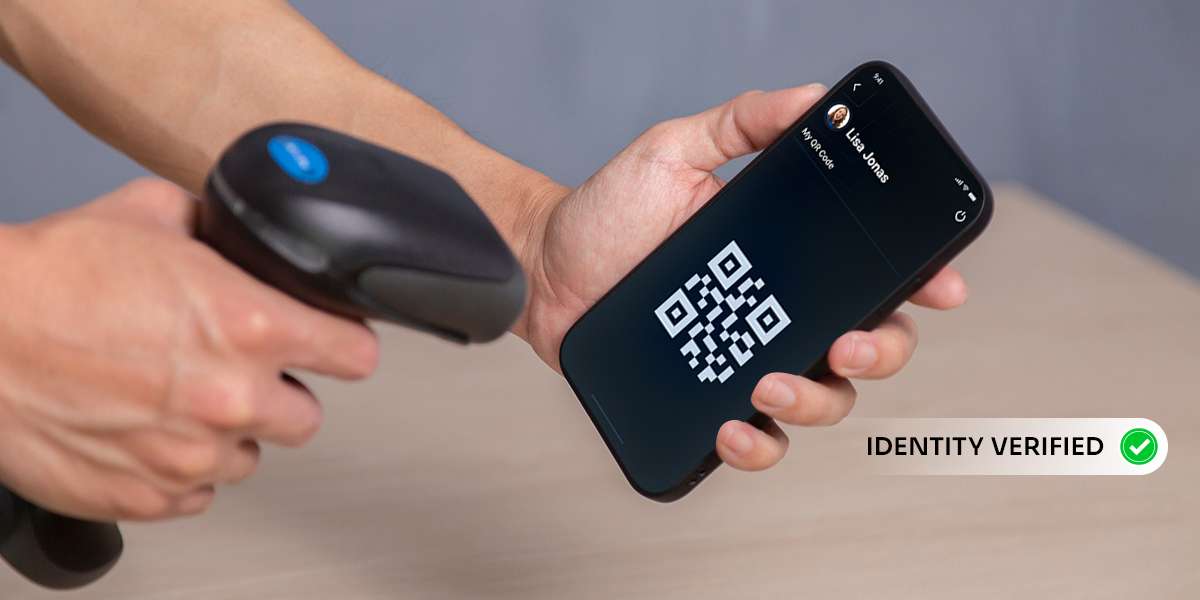In the ever-evolving landscape of healthcare technology, Non-Emergency Medical Transportation (NEMT) software has emerged as a game-changer, streamlining the process of providing transportation to individuals in need of medical services. However, concerns about the cost of implementing such software have often deterred smaller healthcare providers or organizations with limited budgets from adopting this transformative solution. The good news is that owning NEMT software at a lower cost is indeed possible, thanks to several strategies that balance affordability with functionality and efficiency.
1. Open-Source Solutions: A Gateway to Affordability
Open-source software offers a cost-effective way to own NEMT software without breaking the bank. Open-source solutions are developed collaboratively by a community of developers and are often freely available. While they may require customization and technical expertise to implement, they provide a solid foundation for organizations looking to build their NEMT software with reduced upfront costs.
By leveraging open-source resources, healthcare providers can tap into a wealth of existing code and features. This can significantly lower development time and costs. Moreover, the open-source community often provides ongoing support and updates, ensuring that the software remains relevant and functional over time.
2. Customization to Fit Your Needs
While some NEMT software solutions come with hefty price tags, there are options for customizing the software to meet specific requirements. Rather than purchasing an all-inclusive package, organizations can opt for a more modular approach. This allows them to choose and pay only for the features they truly need, eliminating unnecessary costs associated with bloated software.
Customization also enables healthcare providers to tailor the software to their workflows, ensuring seamless integration with existing systems and processes. By working closely with software developers, organizations can strike a balance between functionality and cost-effectiveness.
3. Cloud-Based Solutions: Lowering Infrastructure Costs
Cloud computing has revolutionized the way software is delivered and maintained. Cloud-based NEMT software solutions offer several cost-saving benefits. They eliminate the need for expensive on-premises hardware, infrastructure, and IT personnel to manage the software. Instead, the software is hosted and maintained by the provider, allowing organizations to focus on delivering quality care rather than managing technical complexities.
Cloud-based solutions often follow a subscription-based model, spreading the cost over time rather than requiring a significant upfront investment. This pay-as-you-go approach is particularly appealing for smaller healthcare providers with limited capital.
4. Collaboration and Partnerships
Collaboration and partnerships can lead to cost-effective solutions for owning NEMT software. Healthcare organizations can pool resources with others in their region or sector to jointly invest in software development. By sharing the costs and benefits, organizations can collectively own and benefit from NEMT software at a fraction of the cost.
Partnerships can also extend to technology companies that specialize in healthcare software. Many providers offer tailored solutions and pricing plans based on the specific needs and budget constraints of their clients. By negotiating with software vendors, healthcare organizations can find a pricing model that aligns with their financial capabilities.
5. Scalability for Future Growth
When considering the cost of NEMT software, it’s essential to factor in scalability. While cost-effectiveness is crucial in the short term, it’s equally important to choose a solution that can accommodate future growth. As healthcare organizations expand their services and patient base, the software should seamlessly scale to meet increased demands.
Opting for a scalable NEMT software solution ensures that the initial investment pays off in the long run. Scalability prevents the need for frequent software overhauls or migrations, saving both time and money down the road.
6. ROI Analysis: Assessing Long-Term Benefits
Calculating the Return on Investment (ROI) is a crucial step in evaluating the cost-effectiveness of NEMT software. While there may be upfront expenses associated with software implementation, organizations should consider the long-term benefits, such as increased operational efficiency, improved patient satisfaction, and reduced transportation costs.
By conducting a comprehensive ROI analysis, healthcare providers can gain a clearer picture of how NEMT software can positively impact their bottom line over time. This analysis can guide informed decision-making and justify the initial investment.
In Conclusion
Owning NEMT software at a lower cost is not only possible but also a prudent decision for healthcare providers looking to enhance their transportation services without straining their budgets. Open-source solutions, customization, cloud-based models, collaboration, scalability, and ROI analysis all play vital roles in achieving this goal.
As the healthcare industry continues to evolve, NEMT software stands out as a technology that can drive operational efficiency and improve patient outcomes. By exploring cost-effective strategies and solutions, healthcare providers can leverage the power of NEMT software to offer quality transportation services while maintaining fiscal responsibility.










